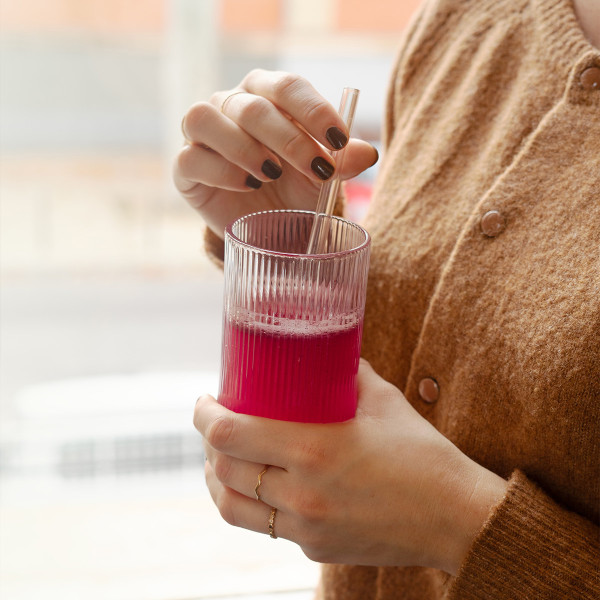
(37)
Cranberry
€15.90
1 in 2 women will experience one or more episodes of urinary discomfort during her lifetime. Beyond the medical solutions sent, Nutraceuticals offers natural and effective answers.
Our formula with respected clinical dosage offers an unprecedented combination of 4 benchmark active ingredients. They are associated with a natural cherry aroma and come in the form of practical and discreet sticks. View more
Cranberry
€15.90
Paiement
sécuriséLivraison offerte
dès 69€ d'achatLivraison
en 48hFaites des
économiesParrainer
un procheRécompenses
fidélité











